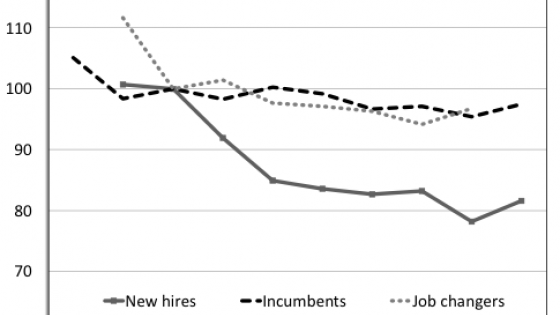DP2008 Changes in the Relative Structure of Wages and Employment: A Comparison of Canada, France and the United States
Standard economic models suggest that adverse demand shocks will lead to bigger employment losses if institutional factors like minimum wages or trade unions prevent real wages from declining. Some analysts have argued that this insight explains the dichotomy between the United States, where real wages of less-skilled workers fell over the 1980s and aggregate employment expanded vigorously, and Europe, where real wages of less-skilled workers were constant and employment was stagnant. We test this hypothesis by comparing recent changes in wage and employment rates for different age and education groups in Canada, France and the United States. We argue that similar trade and technology shocks that led to falling real wages for less-skilled workers in the United States have affected Canada and France. Consistent with the view that labour market institutions in these countries inhibit wage flexibility, we find that the relative wages of less-skilled workers fell somewhat less in Canada that in the United States during the 1980s and did not fall at all in France. Nevertheless, we find similar patterns of employment changes by skill group in the three countries.

